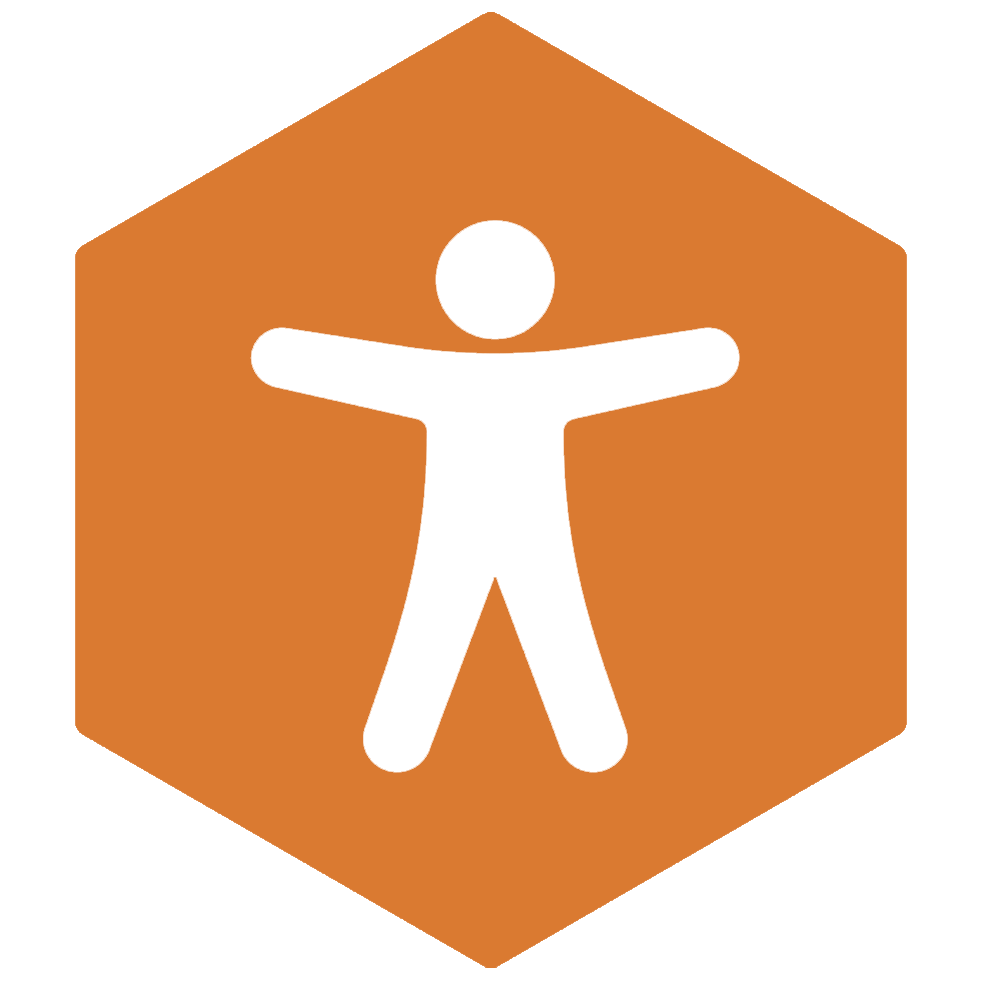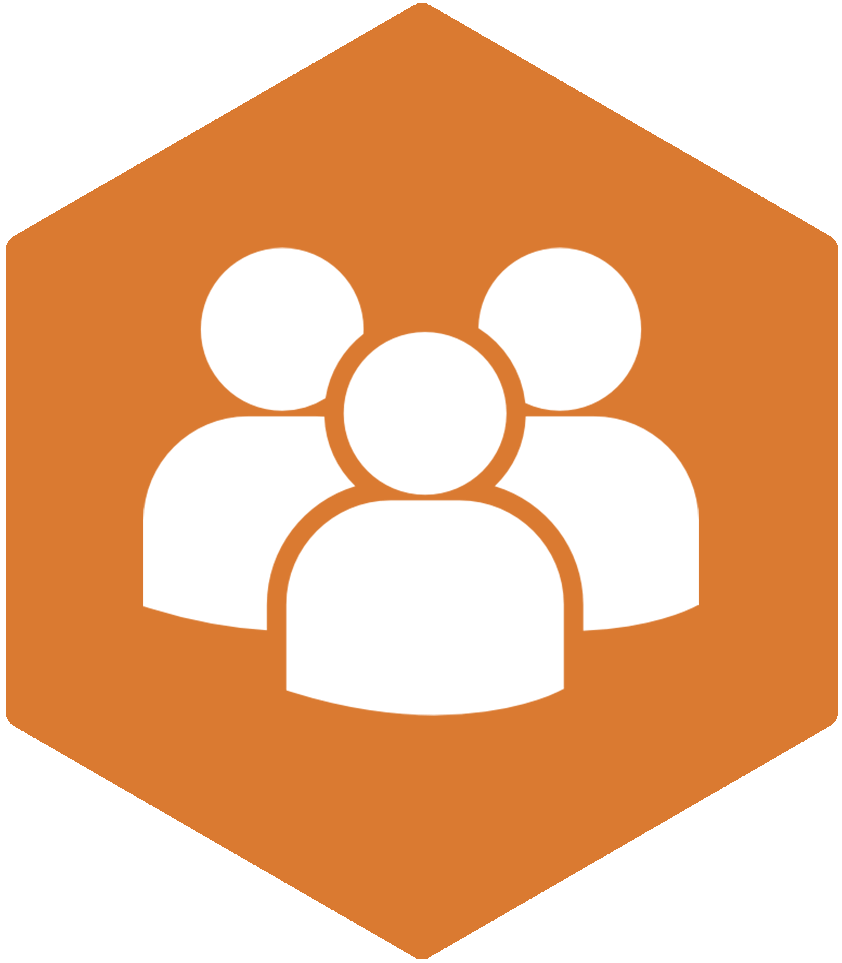In this blog, we explore what barriers are preventing educational institutions from becoming accessible and some best practices they could adopt to upscale their digital accessibility.

Why digital accessibility is important in education
Digital accessibility needs to be a priority in education. Ensuring websites, online learning platforms, and in-class learning resources are accessible for students and staff, regardless of their physical, sensory, cognitive, or other disabilities, is essential.
Poor digital accessibility can leave students:

- Shut out from being able to search or apply for courses due to websites being inaccessible.
- Prevented from accessing or completing e-learning lessons.
- Not given the same learning opportunities or access to services as their peers.
- Unable to fully engage in interactions.
- Prevented from reaching their full potential.
- Missing out on some future career prospects.
There are no negatives when it comes to having an accessible platform, only vast benefits. Inclusivity provides students with the ability to thrive and flourish in education and educators have a responsibility to make this happen.
Beyond it being the fundamentally right thing to do, being accessible can lead to increased student recruitment and retention, which can support an institution financially. There is also the factor that all Public Sector organisations, including schools and higher education establishments, have a legal obligation to be digitally accessible, so to avoid being held liable, accessibility is the way forward.
What are the main obstacles in education that is preventing them from becoming accessible

On the run up to the Education 4 All campaign commencing, we spoke with a number of schools and higher education institutions. Every one of them had the same response when asked the question of “what is the main barrier in education when it comes to digital accessibility” – which was a resounding “a lack of funding”.
When visiting schools with a dedicated budget in place for its accessibility, you could certainly see the difference when it came to the technology available to their students. So, there really does need to be a drive from the government to ensure there is a level playing field when it comes to schools gaining equal access to the technology on offer.
With an institutions’ focus being on student recruitment primarily, often, the majority of the budget goes into recruitment efforts and other curriculum resources. This, sadly, means that the web and marketing teams may not have sufficient budget to prioritise digital accessibility.
This being said, accessibility doesn’t always have to be costly. For example, when procuring a new website, if you choose to go through an agency like HeX, who are passionate accessibility advocates, there is no additional charge for the platform to be created in an inclusive way; it’s just our standard. Building accessibility into a platform in the first place will actually save you money in the long run as it will future proof your website and save you from any costly lawsuits from not being compliant with Public Sector Legislation. Aside from the tech, it may be a case of just paying for a bit of training for in-house teams, such as web developers, who could learn how to perform accessibility audits across their own platforms, once the skills are there it will benefit all of your students.
Another key finding was a general lack of knowledge surrounding what is required to create inclusive resources. This is due to a lack of training, not only within schools themselves, but with universities not instilling these valuable skills during initial teacher training courses. Skills that could actually begin even before that stage and start at school age. If we begin to integrate learning the basics of digital accessibility in IT and graphic design subjects, we can help to safeguard an inclusive future.
What could be done to implement digital accessibility in education
Below we discuss some practices that can be used to make the accessibility journey an easier one in education.
Implement accessibility policies and guidance for website content editors
Ensuring that staff understand how to create content that is universally understood is essential.
Many higher education establishments usually contain a huge number of content editors. This could be:

- Individuals that manage the content of a specific subject area.
- Faculty professors.
- Staff members that upload specific content for their students.
- Communications and marketing teams.
- Web developer teams.
Guidance and publishing procedures not only benefit higher education’s marketing in the sense of maintaining a consistent tone of voice, but also how accessible and easy to understand the content actually is. In order to maintain and champion accessibility, it’s essential that content editors on websites are trained on how to create accessible content to deliver a high and consistent standard of inclusivity. This will ensure that your accessible website remains compliant down the line.
Training teachers and staff to understand digital accessibility

Training teachers and staff is a crucial part of ensuring that everyone is on the same page, and it’s no different with digital accessibility.
In fact for an institution to really be inclusive, it needs to be a team effort across the board:
- Website editors should be trained on how to create, manage and update content in websites whilst adhering to accessibility best practices.
- Web developer teams should learn how to audit their own platforms to seek out any accessibility barriers and check that any content which is being added is done so in an accessible way.
- Marketing teams should understand how to deliver thoughtful, engaging, and accessible social media posts, marketing collateral, and adverts that are inclusive.
- Teachers and support staff should receive training on how to create inclusive learning resources and what tools are out there that can assist their students.
- The office staff should understand how to create accessible documents to support both students and their parents in accessing this information.
Once this knowledge is gained, you can really become inclusive and remain that way. Furthermore, you then have the skills in place to pass on to the students themselves to assist in their project work and help in shaping an accessible future.
Embedding accessibility champions into an organisation

Organisations should have at least one person who is responsible for accessibility to effectively champion it across an organisation.
An ideal solution, within a higher education establishment, would be to create a team of champions with experience from different areas of the organisation. A champions network of people who have the passion to educate and influence others.
Need help with digital accessibility?
As an agency that has helped a number of colleges and universities with accessibility, we are here to support you on your accessibility journey. Whether it’s training, consultancy, audit testing, development support, we can help your establishment become more responsible for digital accessibility.
